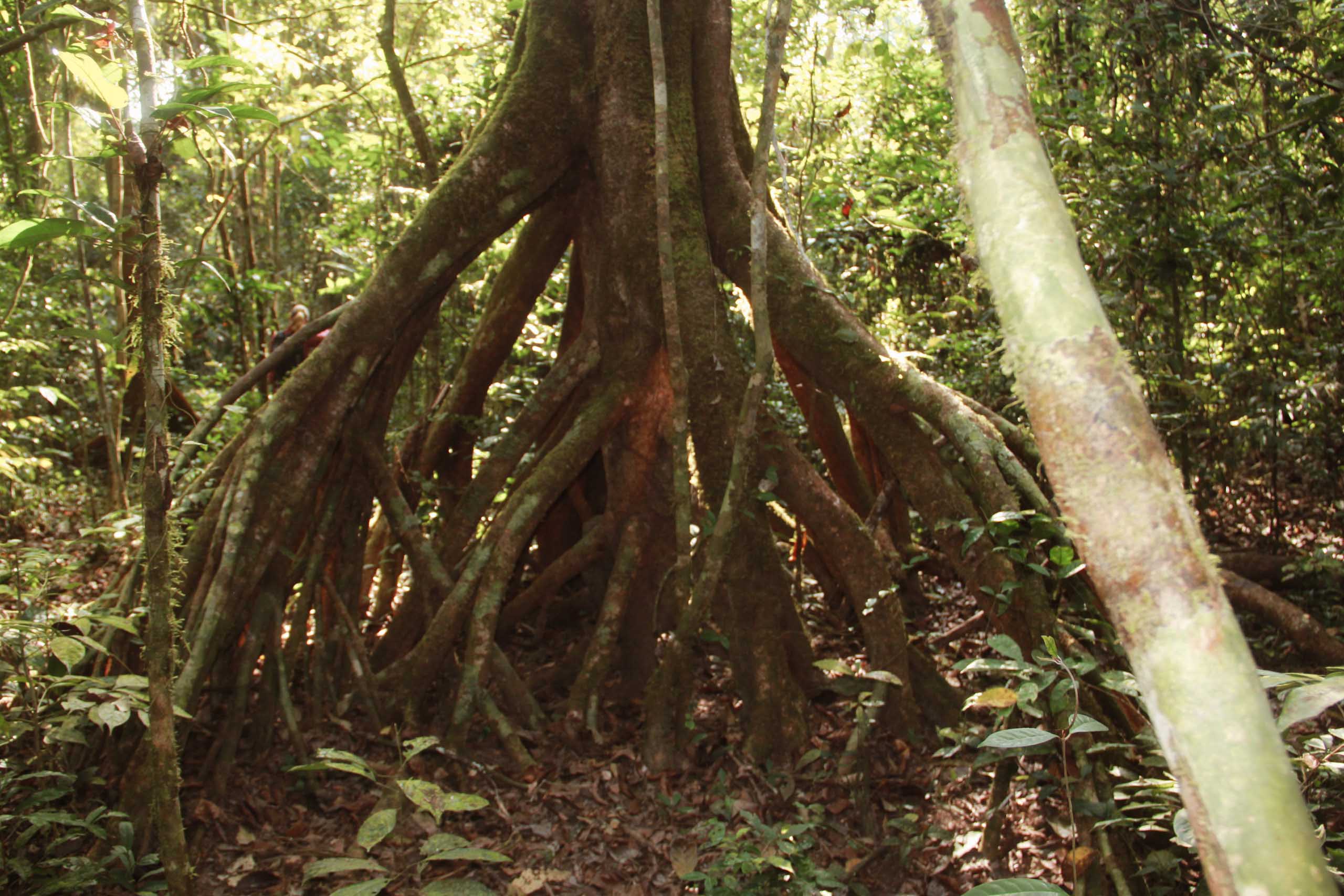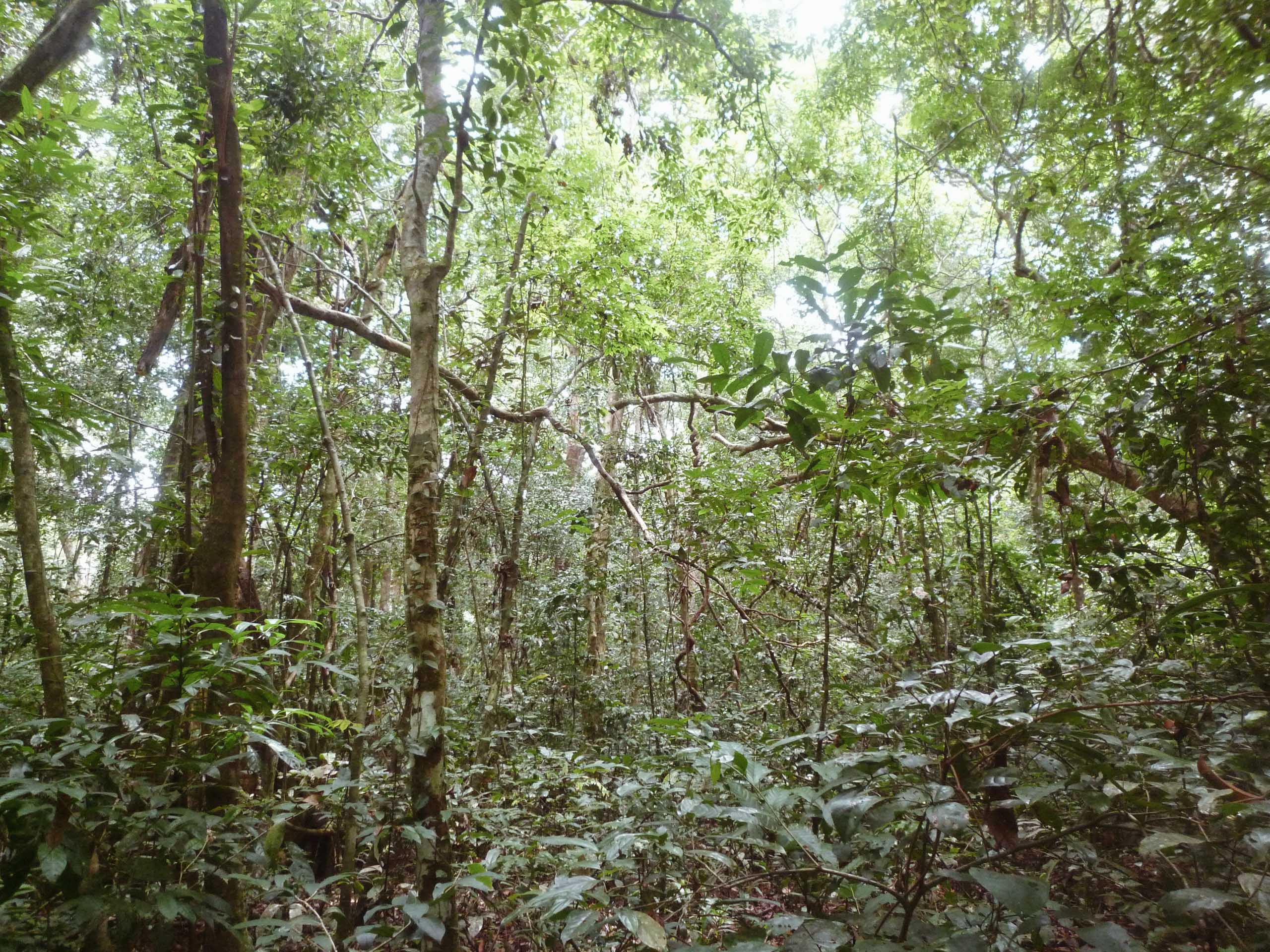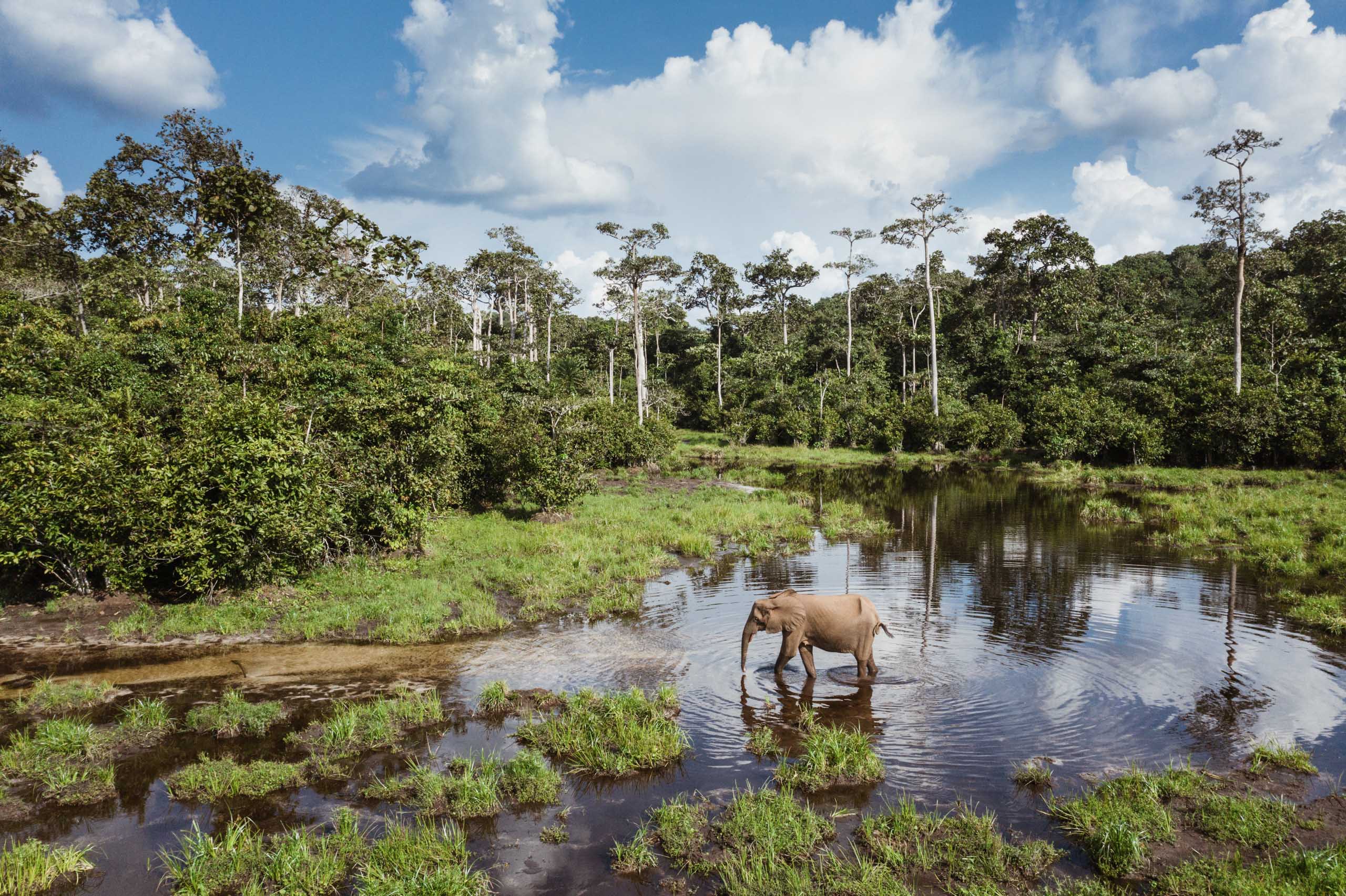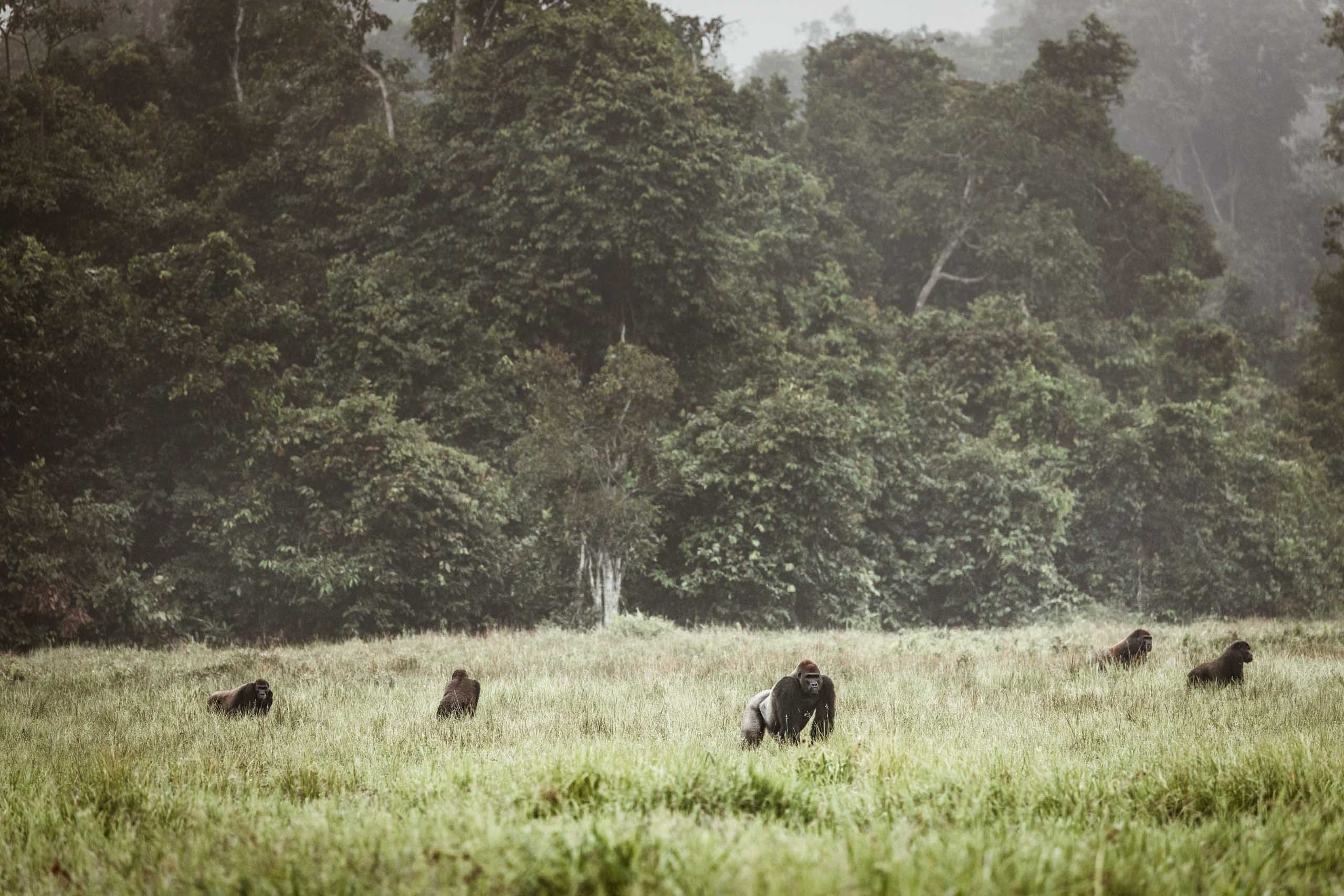Research Sites
An overview of research sites
These are just exemplary research sites. For additional informations, please get in touch with me.
-
Tiwai Island – Sierra Leone
‘Tiwai’ means ‘Big’ in Mende, which only makes sense in the light of several smaller islands in the Moa River in southeast Sierra Leona. Beyond this context, Tiwai is not exactly huge with 12 km2. Because of its relatively small surface, the diversity of different habitat types ranging from sandy beaches during the dry season to bamboo patches and raffia swamps always fascinates me while running after monkeys. The island is a wildlife sanctuary and shared between the great chiefdoms of Barri and Koya. Once part of the continuous Upper Guinean rainforest, this threatened habitat is now one of the last remaining forest refuges close to Gola National Park and it inhabits 11 non-human primate species. The leopard (Panthera pardus), one of the main monkey predators and evolutionary driving force for many anti-predation traits in prey species, is absent since decades. Hunting for bushmeat and illegal mining are still a problem in the area. Over years, a solitary male Diana monkey (Cercopithecus diana), who could not prevent to be named ‘Franky’, chose to also live in the research camp.
-
Taï National Park – Côte d’Ivoire
Located in southwestern Côte d’Ivoire, Taï National Park is another remnant of the Upper Guinean rainforest; a national park since 1972 and a Natural World Heritage Site since 1982. It covers over 4000 km2 of tropical rain forest with at least five mammal species that were classified as threatened by the IUCN’s red list. Historically, the Guéré and Oubi own the forest and both have great appreciation and admiration for its wildlife diversity and cultural importance. Habitat fragmentation and poaching for bushmeat are major threats for the wildlife including 11 non-human primate species and the very rare forest elephant (Loxodonta cyclotis), today probably only numbering about 100 individuals.
-
Nouabalé – Ndoki National Park – Republic of Congo
The Nouabalé-Ndoki National Park (NNNP) in Northern Congo covers 4268 km2 of rain forest. The Wildlife Conservation Society (WCS) in close collaboration with the Ministry of Forestry Economy and Sustainable Development (MEFDD) succeeded in officially protecting the area in 1993. Contiguous with protected areas in neighbouring Cameroon and Central African Republic, the NNNP forms the first Trinational trans-boundary World Heritage Site (the Sangha Trinational Complex). The NNNP includes Mbeli Baï, a natural forest clearing that provides unpreceded insight into the life of western lowland gorillas (Gorilla gorilla gorilla) and forest elephants. Various guenon species inhabit the forest and all but the putty-nosed monkey (C. nictitans) are different from West Africa. Also in contrast to West Africa, it is here of utmost importance not only to have eyes in high canopy. Due to their fortunately higher abundance, bumping into elephants is daily business and you should make sure to be in company of Mbendjele colleagues, who are breath - takingly and life – savingly professional in manoeuvring this forest.






